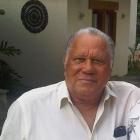ADVERTISEMENT
colonization
Slavery during Colonization Period
This is a picture where a Black woman is being marked with a hot iron just like a horse during the slavery period in Saint Domingue, now Haiti.
Haiti is still suffered from the period of slavery that was established under French colonial rule. Under the slavery period, the mulatto descendants became the elite in Haiti after the revolution. The division between the Haitian Mulato and the Black was already in strong. Many of the mulato used their social privileges to acquire wealth, and land. During the colonization period, white masters used brutal methods to terrorize the slaves and keep them powerless.
Haiti The Cereminy Of Bois Caiman - A Haitian History
Here is a picture the ceremonie of Bois caiman. It is an intricate part of our fight for our independence. Some people feel that it was a voodoo ceremony and should not be included in our history
The Haitian revolution revers the entire cource of the world. The complicity of Frence and the United States after Haiti fought for his independence
Haiti The Poorest Country In The Hemisphere By Design - A Haitian History
Here is a picture representing the freedom Haiti took from France. That is when the Haitians declared themselves free from the French colonization
Although we are still paying the price for who we are, it is important to know our real place in history so that we can at least teach our children about our history
Why is it that Lwa only exists in the Haitian Vodou Religion?
The Loas, sometime written as Lwa and referred to as Mystères or Invisibles are the spirits you find in the of Haitian Vodou and Louisiana voodoo. They are considered to be the intermediaries between the creator and humanity. Each Lwa is distinct, having his/her own personal preferences in term of food, dance and ritual.
Some people may say that this is no different than the Catholic religion that uses saints as intermediaries between their god and us human. However the reason why this remains a question to me is because in the Haitian Vodou religion, the Lwas can clearly be observed when someone is possessed by one of them, unlike the Catholic Saints who do not manifest in people in such a way.
Furthermore, wouldn't these lwas exist at least in Africa where the slaves from Sain-Dominge came from?
How about the other Caribbean islands, South America and the United States that also had African slaves during the colonization period? One thing I have noticed is that these lwas only exist either in Haiti, in Louisiana with its major Haitian influence and in the Haitian diaspora all over the world. This is the only time you hear about Agassou, Agwé, Ayida-Weddo, Ayizan, Azaka-Tonnerre, Baron Samedi, Bossou Ashadeh, Boum'ba Maza or Damballa. you can not find them anywhere else.
To me, this is the product of extended period of abuse, trauma and ongoing attempts to make a person lose his/her own identity.
What I see in all that is that the Slaves of Saint-Domingue had to survives multiple level of abuse, trauma for a long period of time. the only way they could have survived is through some type of cooping mechanism. Let's take for instance someone who has been through a trauma or abuse as a child, in many instances, this persone wil develop some mental problem that will likely last a lifetime if not properly treated. This could be a car accident were the child witnesses the parents was killed, an abusive environment where there is child sexual abuse, insest, or other;
Take these same conditions mentioned above and multiply them by at least one thousand time and you will probably get the conditions the slaves in Saint-Domingue. Consider the following:
First: The Intensity of Abuse: Working day and night, under the harsh condition of the tropic, poorly fed, subject to beating, chained while working. One thing that I learned is that the French master was much harsher than the Spanish master. Also, considering that Saint-Domingue(Haiti) was the most productive colony then, doesn't this relate directly to treatment methods used on the slaves in Saint-Domingue?
Two: Deprived from Families: The person is separated from his family, including mother, father, children sibling, friends. In the new land, their children are are the property of the master and are sold as such.
Four: Deprived from a Support System: That same person is removed from their country, transported into boats for several months and in deplorable conditions. Comes to a new land, sold to the highest bidder.
Three: Duration of Trauma and Abuse: Instead of a trauma or abuse that occurs only once in their lifetime, consider that these African slaves have been subjects to these repeated trauma and abused day in and day out for a lifetime and for several generations and several centuries.
Five: Removal of Identity: As you were the property of another human been just like you, you have constantly been told that who you are or what you believe in is not good. You have been forced to adopt new custom while being punished is caught practicing old ones.
Considering the kind of living condition these African Slaves find themselves into in Saint-Domingue (Haiti) and for so long, could these Lwas be the result of a mind traumatized to a level not seen anywhere else in the world? Wouldn't one think that these Lwas found in the Haitian vodou could be a practical method developed by these slaved to coop with their harsh reality?
The same way an abused child can grow up to become an abuser, paranoid schizophrenia, serial killer, some who remains paranoid to the opposite sex. or have other behaviors all together, wouldn't the mind of a group of people who have been severely traumatized for multiple generations work differently?
The next question would likely be: If the Lwas found in the Haitian Vodou religions are the result of trauma suffered by the slaves of Saint-Domingue during colonization, what explains their existence today? I don't have an answer for that; however instead we should ask this question: Do we understand completely how our own mind works?
Home from Colonial Period in Limbe
In the Arrondissement du Limbé sits the town of Limbé, with 32,200 occupants. Limbé is sub-divided into seven partitions: Tanmas, Haut-Limbé, Souffrieres, Ravine-des-Roches, Simalo, Camp-Coq, and Plaisance.
Important to agricultural viability of Limbé is the Limbé River, which irrigates crops of bananas, mangoes, and other tropical fruits. Coffee farming and rice growing also occur.
Although deforestation has crippled much of Haiti, Limbé has more tree cover than most areas. But the Limbé River is at peril of drying up because of deforestation.
Haiti the poorest country in the hemisphere by design - A Haitian history
Here is a picture representing the abuses that were taking place during Haiti colonization period.
The Haitian revolution revers the entire cource of the world, said Dr. Keita.
The complicity of Frence and the United States after Haiti fought for his independence.
This presentation will shine the light on so many aspects of the current world we are living in.

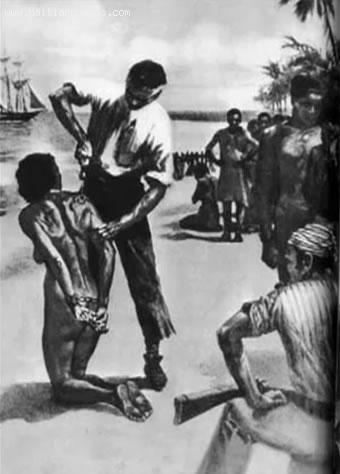
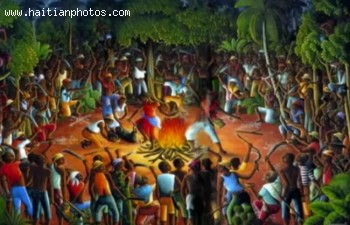
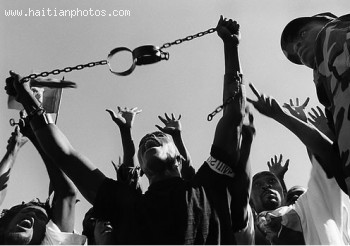
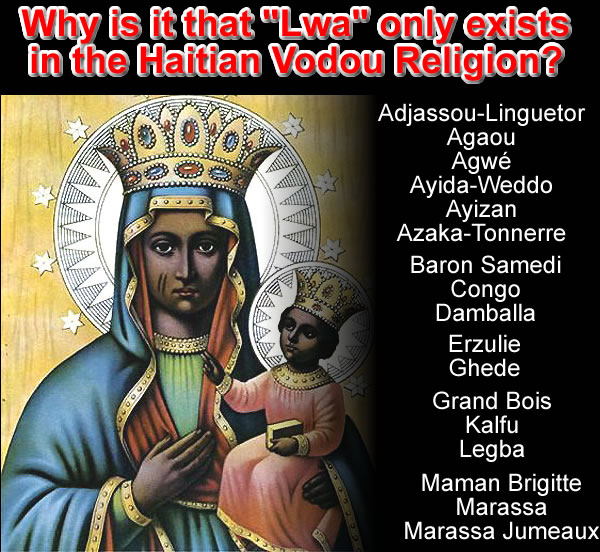

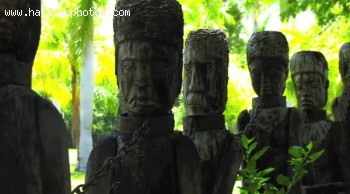
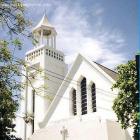 Nouveau College Bird in Port-au-Prince, Haiti
Nouveau College Bird in Port-au-Prince, Haiti  The Gardens of the MUPANAH
The Gardens of the MUPANAH  Who will be the next president of Haiti?
Who will be the next president of Haiti?  Dr. Henri Ford, First Haitian Dean At University of Miami Med...
Dr. Henri Ford, First Haitian Dean At University of Miami Med...  Commissioner Frantz Pierre indicted for accepting bribes
Commissioner Frantz Pierre indicted for accepting bribes 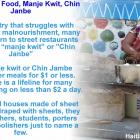 Haiti Street Food, manje kwit or Chin Janbe, for $1 or less
Haiti Street Food, manje kwit or Chin Janbe, for $1 or less  Jack Guy Lafontant resigns as Haiti Prime Minister
Jack Guy Lafontant resigns as Haiti Prime Minister 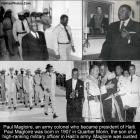 Paul Eugène Magloire, born in Quartier Morin
Paul Eugène Magloire, born in Quartier Morin 